Town Plans for Historic Cary Sites
Cary, NC – Starting in 2018, the Town of Cary has been deciding what to do with three historic sites, both through professional evaluations and citizen surveys. Now, the town has announced its plans, with funding for repairs and restorations on these historic buildings already secured.
The three Cary historic sites in question are the A.M. Howard Farm (where Good Hope Farm is currently located), the C.F. Ferrell Store and the Barnabus Jones House. Members of the public as well as Town council and staff came to the Tuesday, February 19, 2019 meeting at the Page-Walker Arts and History Center to learn about the plans for these sites and ask questions.
A.M. Howard Farm
Part of the goal of the Town of Cary was to see whether these historic sites could be adapted to current uses. Kris Carmichael, director of the Page-Walker Center, said the Page-Walker Hotel itself is a good example of how historic sites can be preserved and repurposed.
With the A.M. Howard Farm, located in West Cary on Morrisville-Carpenter Road and started in 1910, it is already taking on a new current use with both urban farming and a farmers market there now. The future plans for the farm are to continue the public market and farming currently there, as well as use it as a way to share farming techniques from both the past and present.
Carmichael said the plans are to preserve all of the existing buildings at the farm, though there are several buildings in poor condition. The most notable, both for its condition and its historic significance, is the terracotta barn used for curing tobacco. A.M. Howard Farm was a tobacco homestead farm and this barn was an experimental structure, built in the 1940s, meant to trap heat better and dry tobacco out faster. While it succeeded to dry tobacco faster, the heat warped and expanded the ceramic barn, which is why is it so cracked and damaged now.
Also, the tobacco grading shed has a large crack in its foundation and the main farm house has a damaged exterior, Carmichael said.
The town’s plans also say Good Hope Farm should use the livestock barn and equipment shed for their own purposes. Currently, Good Hope Farm already uses the ham house and pull barn at the A.M. Howard site.
Residents at the meeting asked about the Carpenter Fire Station Road realignment but town staff said this will not affect the site.
C.F. Ferrell Store
Similar to the A.M. Howard Farm, the town’s plans call for all of the buildings at the C.F. Ferrell Store site to be preserved. This includes the store, built in 1928, as well as the two warehouses on the site, located on Morrisville-Carpenter Road near A.M. Howard Farm. The store and larger warehouse are in very good condition, Carmichael said, but the smaller warehouse is in poor condition.
When the store was active, Carmichael said, it was a community gathering space and the land was used for activities as disparate as baseball and a roller-rink. So, the plan is to open the back porch of the Ferrell Store up as a gathering space, for both public and private events.
“We know there is a desire in West Cary to have more amenities,” Carmichael said.
Carmichael also said creating parking for the Ferrell Store site will be an “interesting challenge.”
Barnabus Jones House
The oldest of the three sites, the Barnabus Jones House and its various structures were mostly built between 1820 and 1845, including a school house previously thought to be a kitchen, several barns for cider, grain and livestock and a building now confirmed to be a dwelling for enslaved people. Carmichael also said that, through census records from the time, they now have the names of those enslaved people held on the property.
Jack Smith Park is very close to the Jones House, both located on Penny Road, which provides the site a lot of parking. Before, it was harder to access the Jones House with a thick array of trees but the town is not only creating a small path but also opening up the site by removing some branches to allow more visibility. Carmichael said there was vandalism on the buildings before but since opening up, that has stopped. The town also hired an arborist to identify historic trees and preserved those when opening up the path.
The building quality varies on the site. The farmhouse is in very good condition and still has most of its original woodwork. However, the chicken coop, feed house and steel equipment shed are not in good condition and the plan calls for these three to be demolished, as Carmichael said they do not pose any significant historical value.
The concept for future use is to turn this site into a “pastime commons” to teach people about its history. Visitors can enter most of the buildings, though Carmichael said the slave quarters and the cider barn will not be open to people to go inside, though they can look inside. Also, the windows on the main Jones House will be covered with transparent polycarbonate to allow sunlight in to kill mold and mildew.
Carmichael said repairs and restorations are already funded and the next steps will be these stabilization efforts, as well as signs going up on the sites to educate people and facilitate walking tours.
Also, the Town of Cary will continue to take suggestions for uses for the historic sites.
Story by Michael Papich. Photos by Lindsey Chester and the Town of Cary.

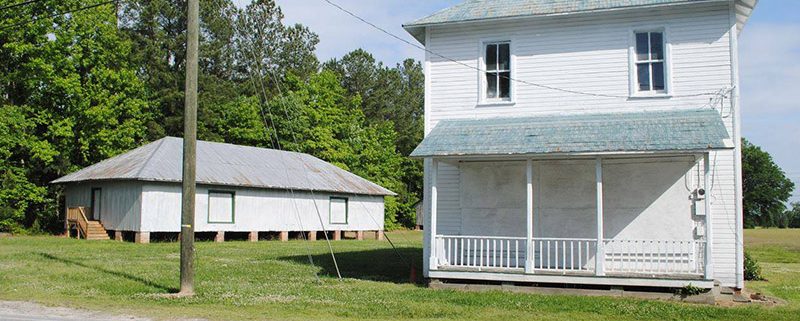
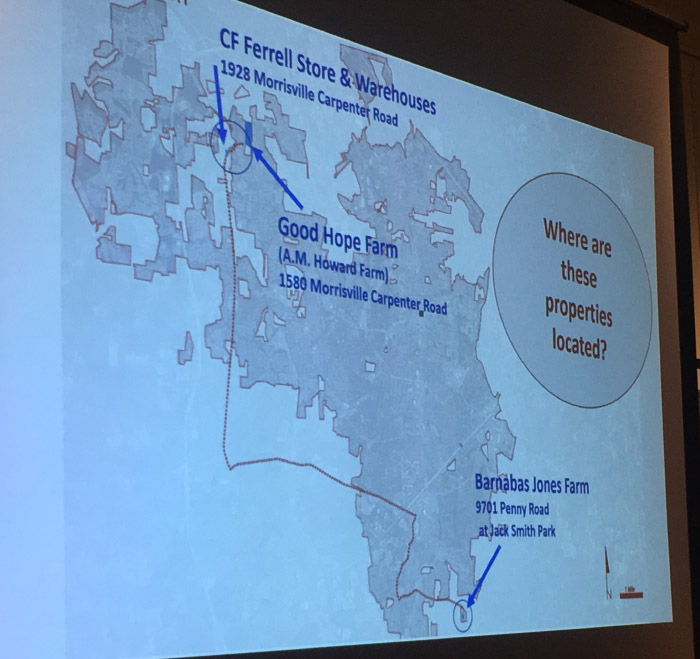

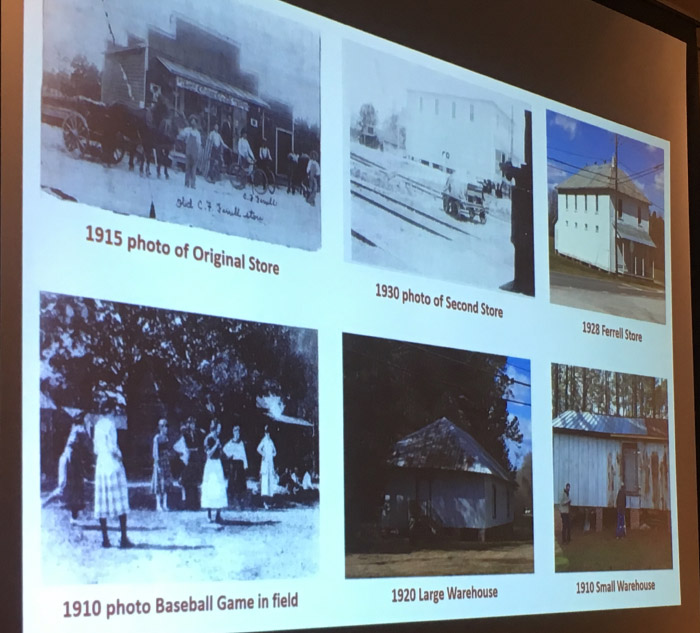

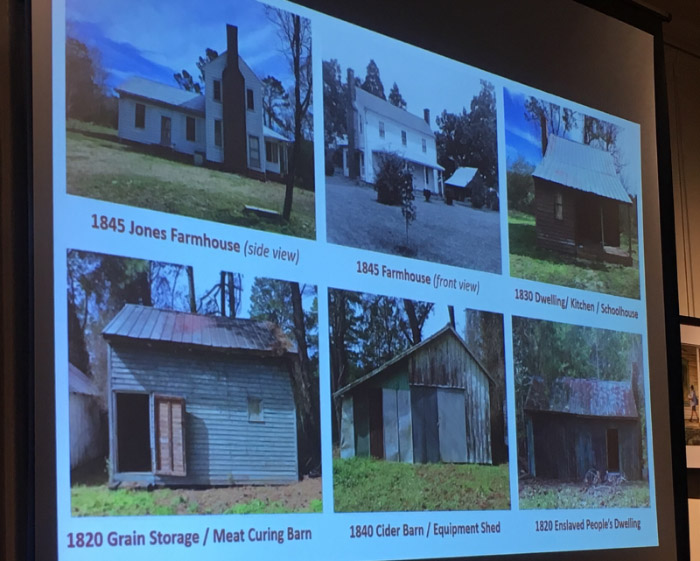
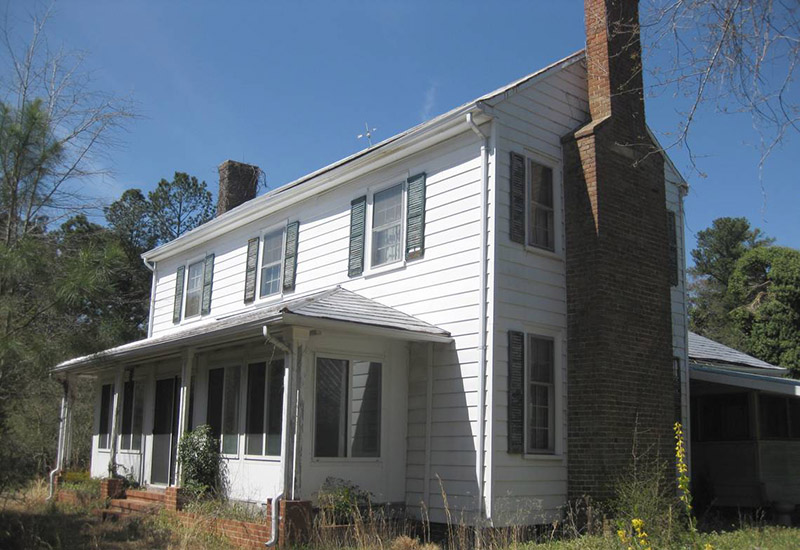


The house shown for the Barnabus Jones site looks like it possibly could serve the same type of function as Page-Walker – that of a gallery. It would be very nice to have a gallery on the western side of Cary.
It’s not really in western Cary…more southern Cary.
Who at the Town would have the environmental surveys on the properties?
I don’t think it’s accurate to say that “restorations are already funded”.
Historic property restoration entails all the work to make the property usable and historically accurate. In the case of these properties, it also involves many efforts to make them usable by the public.
I believe the currently allocated funding is sufficient for the initial stabilization but not full restoration, and I think that this is what Ms. Carmichael communicated.